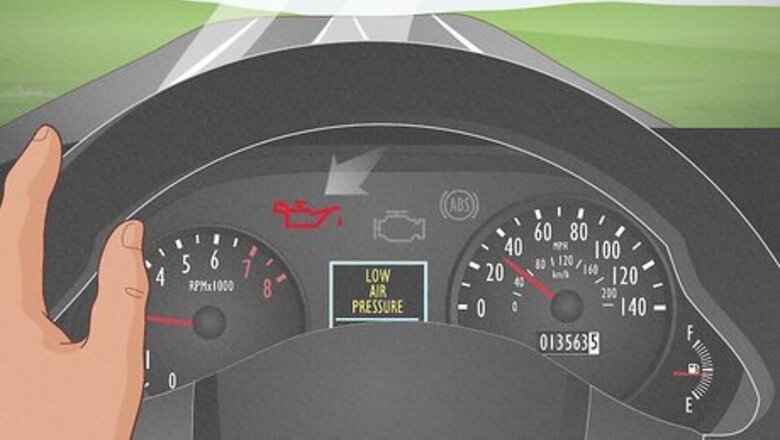
views
- An oil pressure low stop engine warning light signals an engine-related issue that can be as minor as topping off your oil or as extreme as an oil leak in the engine.
- Common causes of low oil pressure include insufficient oil levels, too high or too low oil viscosity, infrequent oil changes, faulty sensors, clogged filters, and an old engine.
- Fix a low oil pressure warning stop engine sign by adding more oil to your engine or replace the oil filter or oil pump to ensure your engine is working properly.
What does low oil pressure stop engine mean?
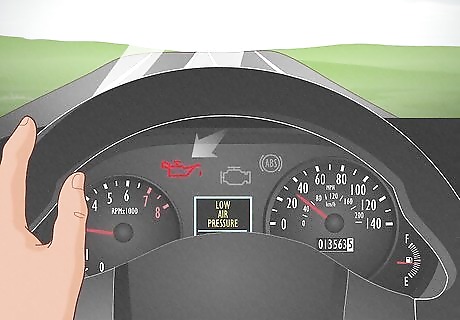
A low oil pressure stop engine light is an early alert for engine-related problems. An illuminated red oil pressure light appears as an old-school oil can with a drop of oil coming out of its spout. Generally, this alerts you that your oil may need to be topped off. However, in extreme cases, it can signal an oil leak in the engine, a blown piston ring, or a broken oil pump. Low oil pressure warning light differs from an oil change reminder light, which, depending on your vehicle, may appear as a yellow oil pressure light. You may also see a “Maintenance Required,” “Service Required,” or “Oil Change” light on your dashboard. In some vehicles, a continuously light low oil pressure light means to top the engine oil as soon as possible. At the same time, an oil pressure low stop engine light that comes on and off may indicate a faulty sensor. Some vehicles have a red stop engine lamp warning light that indicates the engine must be stopped as soon as possible. If it flashes, that tells the driver they have 30 seconds to pull over before the car automatically shuts down.
Common Causes of Low Oil Pressure

Insufficient oil levels A common cause of low oil pressure is when the oil level drops below the minimum dipstick line. If you’ve recently changed your oil and find it low again, you may be dealing with oil or seal leaks.

Incorrect oil viscosity Oil viscosity refers to how the oil can move around the engine at any given temperature. Generally, you want to use lower-viscosity oils during the colder months and higher-viscosity oils during the summer months for optimal performance. If your oil is wrong, it can trigger the low oil pressure warning light.
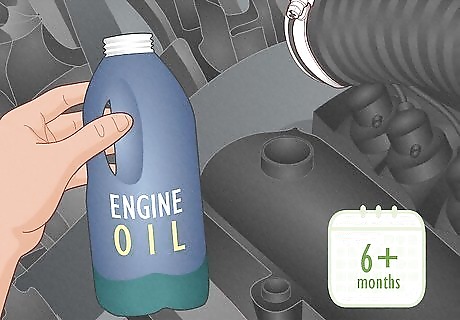
Infrequent oil changes On average, mechanics recommend changing your oil every 3,000 miles or every 6 months. That’s because oil degrades over time, becoming less effective at keeping the engine’s various parts lubricated. When you leave old oil in your vehicle, it can create a sludge that blocks oil flow. Similarly, when an engine is old, it’ll burn more oil which will require more frequent oil changes than a new vehicle with a modern engine.

Faulty oil pump or oil pressure sensor While some vehicles have a flashing oil pressure light to indicate a faulty sensor, with others, you may need to test the oil pump manually to determine if it’s faulty or not. You can also check for signs of wear and metal shavings.
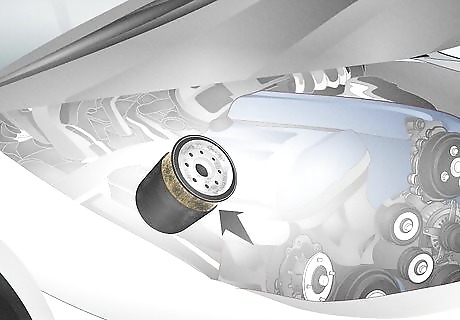
Clogged oil filter Oil filters remove dirt and other debris from the engine oil. Naturally, the oil filter begins to clog up, which prevents perfectly good oil from flowing around the engine. This causes the oil pressure to drop, thus triggering the yellow or red light on your dashboard.

Worn or old engine If you’re driving an old vehicle with over 100,000 miles on it, it’s likely your engine is worn out. This is especially relevant if you’ve checked your oil levels and the dipstick reads between “add” and “full,” but the light remains on. If this is the case, it’s time to consider a replacement engine—or a new vehicle entirely.
How to Fix Oil Pressure Low Warning Light

Add more oil to your engine If you’ve hit the 3,000-mile mark or 6 months has passed since your last oil change, you’re likely due for one. The type of oil you’ll need is usually stamped on the engine oil cap. However, you can also refer to your owner’s manual. A common oil type is 5W-30 engine oil. Diagnosis: Check your oil levels using the dipstick located at the side of your engine. Dip it into the engine’s oil and inspect the end where the maximum and minimum fill lines are using a clean cloth. If the level is low, add more oil using a funnel. Cost of Repair: A quart of engine oil ranges from $4 to $20 per quote. Engines require four to eight quarts of oil.

Replace oil filter An engine requires clean oil to operate at its peak performance, and when there’s a dirty oil filter attach, this can prevent oil from properly lubricating all of the many moving parts of an engine. It may not seem like a big deal, but your engine can suffer severe damage if left unaddressed. Diagnosis: To change the oil filter, first loosen the oil fill cap to drain into an oil drain pan. Once the tank has been emptied, find the oil filter by looking for a metal cylinder attached to the engine block. Screw it off by hand or with a wrench and replace it with a new oil filter. Cost of Repair: A DIY replacement can cost anywhere from $25 to $70 when synthetic oil is used. A professional installation service can cost between $65 to $125.

Replace the oil pump An oil pump’s purpose is to circulate the engine’s oil to the bearings, pistons, and the camshafts. Without it, all of the engine’s moving parts are prone to wear and tear which can significantly impact the lifespan of the engine. Diagnosis: Replacing an oil pump is a tedious job. However, it’s not impossible. Start by disconnecting your vehicle’s battery. Drain the engine oil and remove the serpentine belt. Rotate the engine until the number 1 piston is on top of its compression stroke. Remove the bolts and the oil pump and replace. Cost of Repair: An oil pump can cost between $400 to $800 depending on the car make and model.
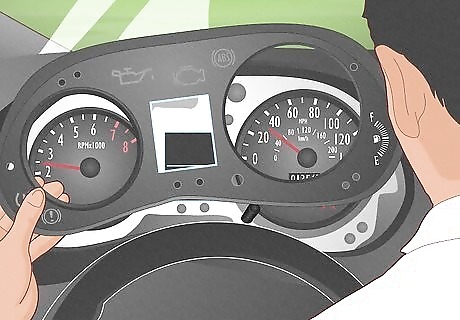
Visit a mechanic If you’ve tried several DIY options to address your vehicle’s yellow or red oil pressure low light, it’s time to turn to the trusted professionals at your local auto repair shop. If your light is faulty, a replacement can cost anywhere from $130 to $350, assuming no additional issues or damages are found.
















Comments
0 comment